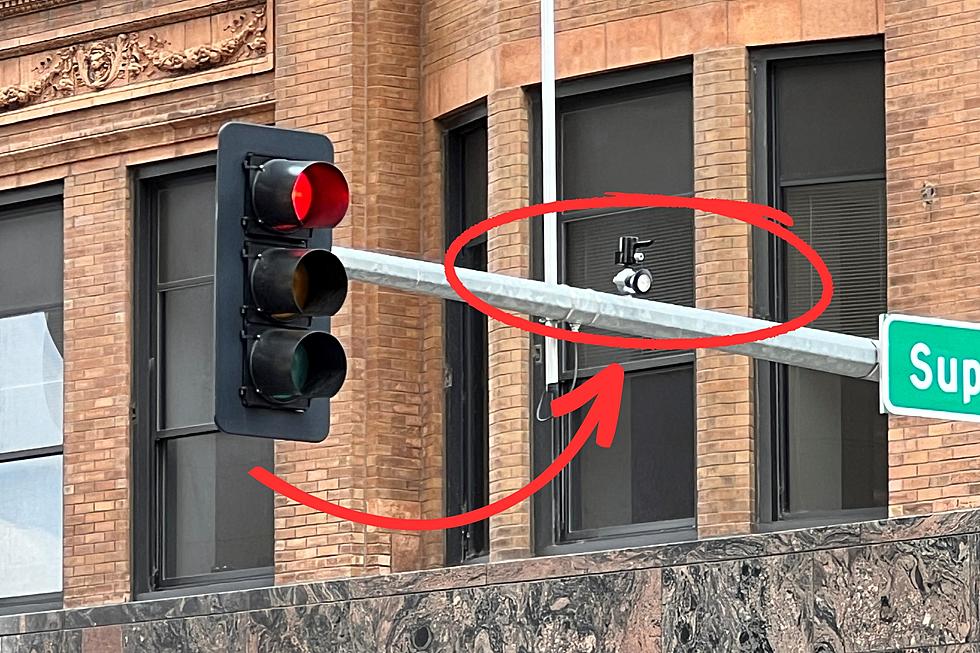
What Does That Flashing White Light On A Stoplight Mean?
It's likely you've been at an intersection somewhere in Minnesota and noticed a small, white, flashing light perched up by the bigger red, yellow, and green traffic control lights.
I was recently in a vehicle with someone while sitting at a stoplight. The traffic control light turned from red to green, but I noticed the white, flashing light start going off and I stayed put. A car behind me got upset and the driver honked their horn, but they either didn't see the white light, or they didn't know what it meant.
Within a couple of seconds, an ambulance flew by at full speed through the intersection with its lights flashing and siren blasting. I looked at the person I was with and said "That's why I waited", then proceeded to go through the intersection.
I was asked "how did you know there was an ambulance coming?" and I mentioned the white light. They looked at me, perplexed, and asked if I meant the little one on top of the stoplight.

"Yep, that's the one!" I went on to explain that the white lights on top of stoplights are a part of a sensor system that is designed to flash to warn drivers as well as trigger the traffic signal to change so the ambulance (or whatever other emergency vehicle it is) can safely and quickly pass through the intersection as it heads to the emergency.
Within a matter of a few days, the Hermantown Fire Department shared a post on their Facebook page, going on to explain this exact same technology. That can't be a coincidence, can it?
My dad is part of a fire & rescue team, so I tend to have an extra awareness about stuff like that. It is not only an important safety feature for those emergency responders as they try to quickly respond to an emergency without incident, but also for other drivers on the road to be aware and safe, and also those that are waiting after calling 911 to cut down on the amount of time it takes for the emergency responders to arrive.
The technology is part of a nationwide system that the U.S. Department of Transportation's Federal Highway Administration is part of orchestrating. They have an extensive document online about how these sensors work and how traffic control lights are changed when the sensors are triggered.
The same lights and technology are used on some train lines, including the Metro Transit light rail in the Twin Cities area. The idea is exactly the same, except that it is warning of an approaching train.
The important part for drivers is just to know is if you see that white blinking light, be sure to look to make sure there are no emergency vehicles coming. I've noticed some instances in cities where the lights might be triggered blocks away from the vehicle, so there might not be an emergency vehicle imminent, but it's better to look and be safe, rather than to cause an accident and/or slow down the emergency response they're off to.
See What Minnesota's License Plates Looked Like The Year You Were Born
More From MIX 108









